Ecuador has an incredible wealth of archeology sites that few people visit. We found one of the most intriguing a short distance outside of Cuenca in the small town of Chobshi. Little is known about the people who lived in this region before the arrival of the Inca. However, these ruins clearly belonged to the Cañari, a culture with a rich mythology. Archeology and Andean history buffs will enjoy visiting the tiny museum and various ruins. Add the stunning views, the unique orchids, and the quiet nature of this place, and many other adventure-seekers will add Chobshi to their list of must-visit destinations in southern Ecuador.
The Chobshi Archeology Complex
The truth is, no one in Ecuador calls this place an archeology complex even though they probably should. Signs of a former civilization dot the entire area where the largest ruins are found. Farmers have plowed around large piles of stone, likely fallen walls of an ancient building. Someone had carved basins into large rocks along well-worn trails. And the museum is full of pottery shards and stone weapons. Here’s a quick description of each of the places tourists can most easily visit.
The Chobshi Museum
The small museum is a good first stop for visitors. Located in between two of the major sites, the museum provides an explanation for almost everything that you will see and more. It was at the museum that we learned that the word chobshi means House of Stars.
The first room is chock full of memorabilia of a more recent type – old lanterns and household goods of the last century or so. Electricity only came to these parts in the past few decades, so it is likely that many of these tools only recently found their way onto the museum shelves. They also had a nice collection of local pottery on display.
The second room is all about the people who lived in this area generations before. The exhibit begins with a display of stone-age implements found near the Black Cave (la Cueva Negra). There is a collection of pottery shards and whole jars that may have been used for making chicha or storing grain. The most intriguing piece is a carved figure showing a frog-like creature mounting a fallen man.
One of the more interesting pieces in the collection was obviously post-colonial. A piece of bone, engraved with a Christian cross and other strange symbols sat beside a collection of obsidian. The docent told us that these objects are still used today. When a person dies and the family divides the estate, this object is rolled to determine who receives which pieces. And it isn’t just the pottery and tools. The family also dismantles the house itself, dividing every post and adobe brick that can be saved.
Castillo de Chobshi
The Chobshi Castle, also called el Castillo de Duma, is thought to be the fortress belonging to the Cañari chief, Cacique Duma. A near-mythical figure made famous for his refusal to outright capitulate to the Inca, Duma arranged for a Cañari princess to marry into the Inca royal line. His act ensured that the Cañari culture would survive. Today, many Cañari sights like those of Ingapirca and Cojitambo are excellent examples of the blending of the two civilizations.
In Chobshi, however, there are few signs of Inca incursion which took place in the early 15th century. The ruins are dated from about 88-1450 CE. The Chobshi Castle is built of native rock placed one by one in Cañari-style, without mortar and of unshaped stone. The main walls are long and tall, protecting a large site that likely once housed a small village or army. It is possible to walk within the walls and wonder what it would have been like to live behind them.
La Cueva Negra
Just across the way from the Castillo de Chobshi is a path leading up the mountain to a dark cave. While not very deep or large, this cave holds a larger than life presence in the community. Archeologists found the bones of many animals here including those of white-tailed deer, dwarf deer, rabbits, tapirs, opossums, Andean bears, foxes, domesticated dogs, and quail. Recovered bones and tools date the site between 8600-5500 BCE, much earlier than the Cañari civilization.
Along this trail, there are several beautiful species of orchids that were blooming in January. The height of the cave sight also provides views of hillsides with possible ruins.
The Ruins of Shabalula
A small sign on the side of the dirt road proclaims the archeology ruins of Shabalula. But it takes a keen eye to actually see the ruins from the road. We actually wandered through the farm field next to the road wondering what might find before happening upon them. But wandering is not a bad way to go as we walked past a few basins carved into ancient stone. Some scientists believe the ancients used the reflection of the pooled water star gazing.
The path leads to the mountain edge and a view of the surrounding valley. Down below, it looks as if there may have been other ruins that have long been repurposed into retaining walls or other buildings. However, the main ruin is a small, square building that is mainly overgrown by bushes and trees. When we found it, we crawled around, looking for an entrance but were met with brambles at every turn.
Again, a myriad of blooming orchids found a home amid the large rock outcroppings. I can only imagine that there are varieties of orchids that await designation.
Basic Information For Your Visit to Chobshi
Each of these locations may not be worth a trip on their own. But combined, we think they are worthy of your time, especially if you love exploring ancient sites that have not been restored. Those who want to test their own skills as historians or archeologists will enjoy reading the site as it exists.
Few travel agencies include this haunting destination on their tours of the mountain villages outside of Cuenca. We found that hiring a local driver was our best bet. However, that meant we found the museum closed for the day. You must call ahead to arrange for someone to open the doors. A local travel agency would have been able to make that arrangement for us. Fortunately, we found time to return on a different day in a rental car. Using a list of published phone numbers that had been posted on the door, we finally made contact with someone who could arrange for our visit. Our recommendation is to call a minimum of two hours prior up to the day before. While you can make arrangements a week or more in advance, the person you speak with is almost guaranteed to change them at the last minute! This is, after all, a very small town where day-to-day farming chores take precedence to opening a museum door.
Here is the list of phone numbers we found posted inside the museum:

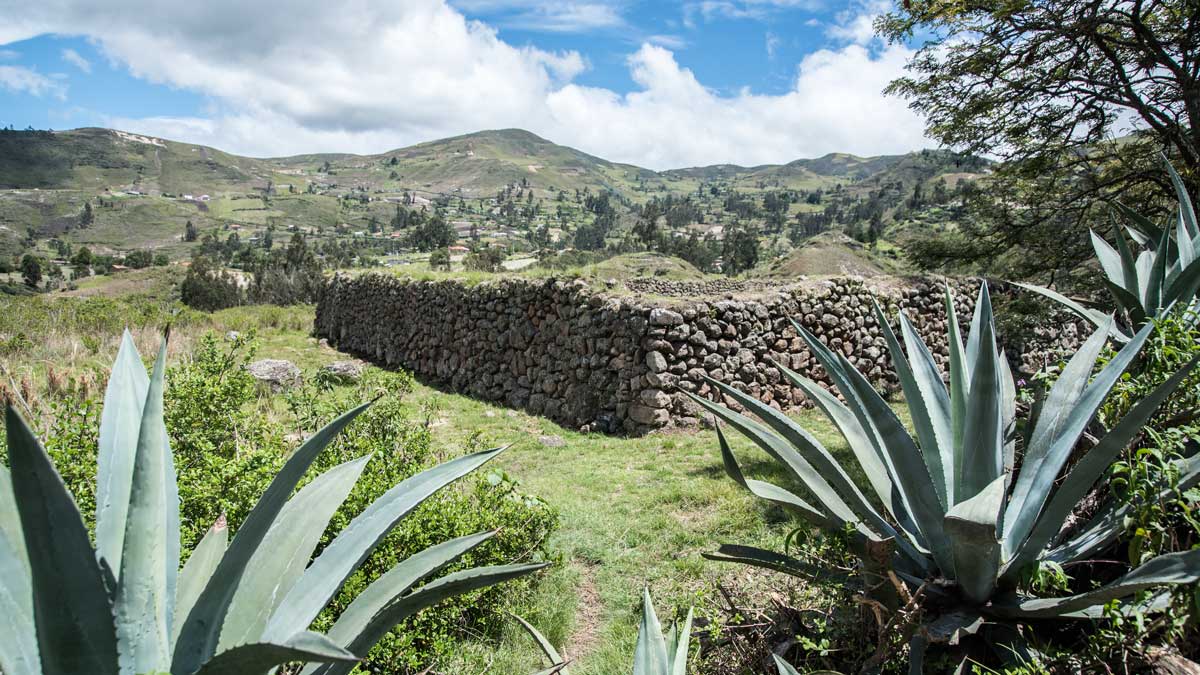
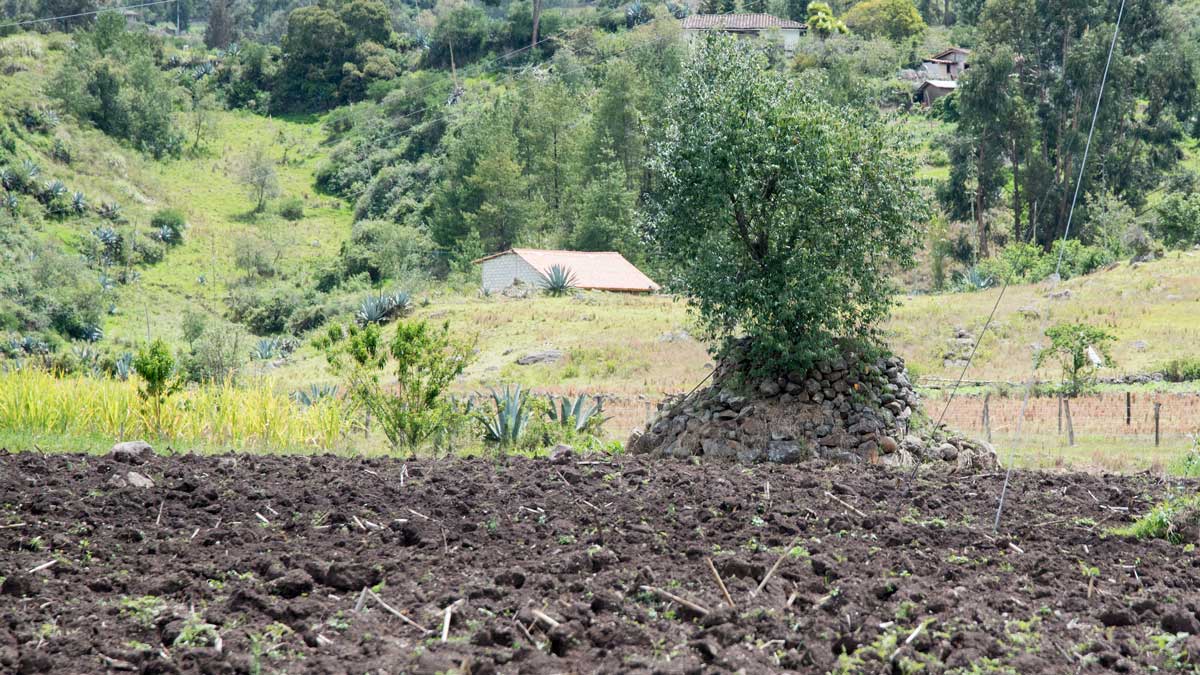
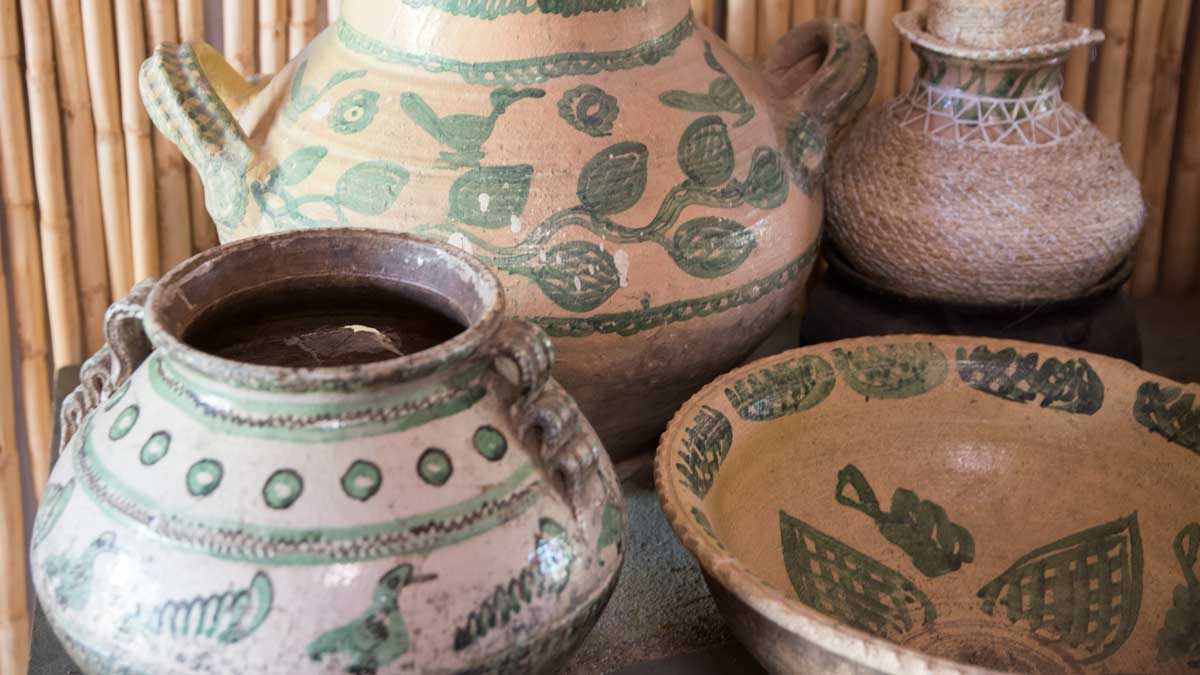
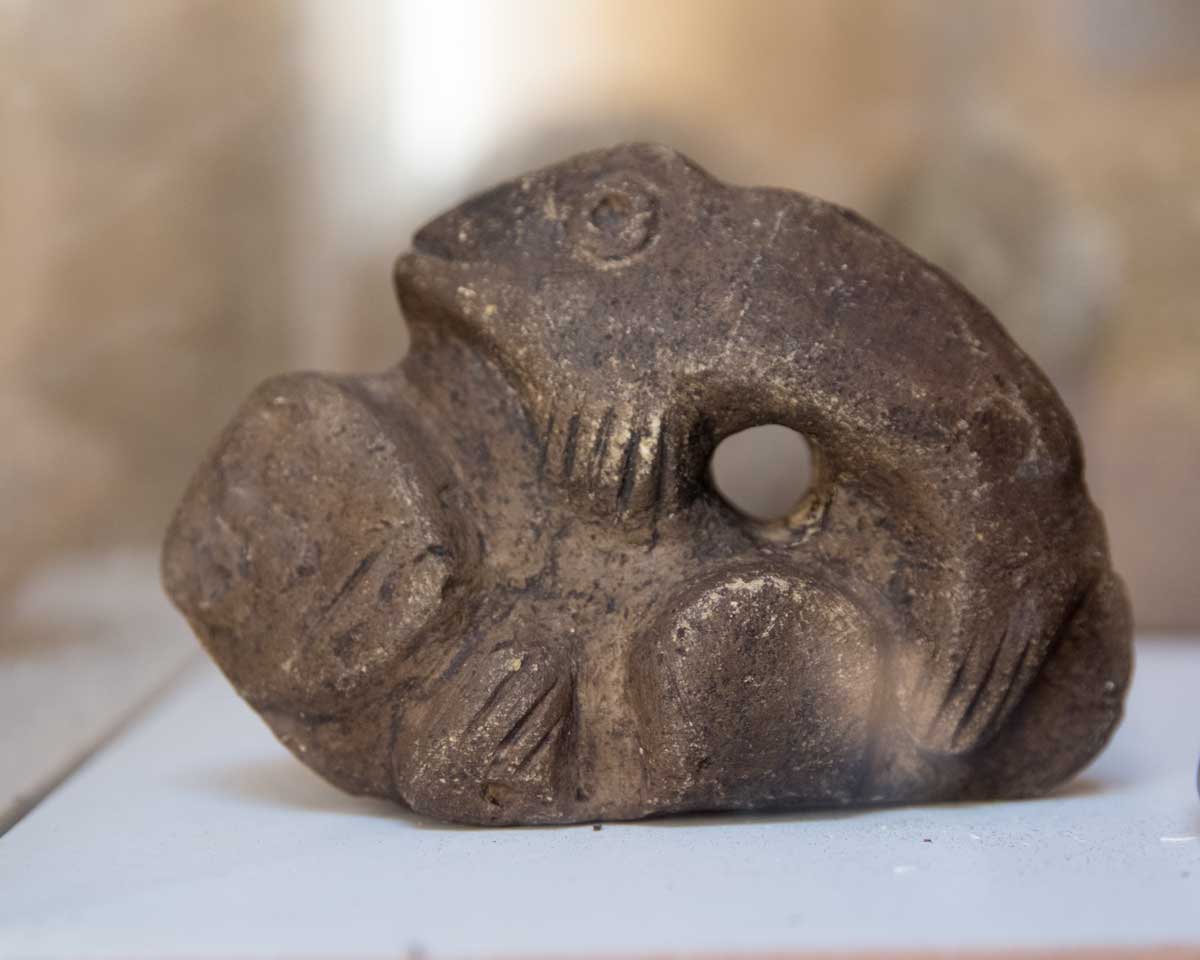
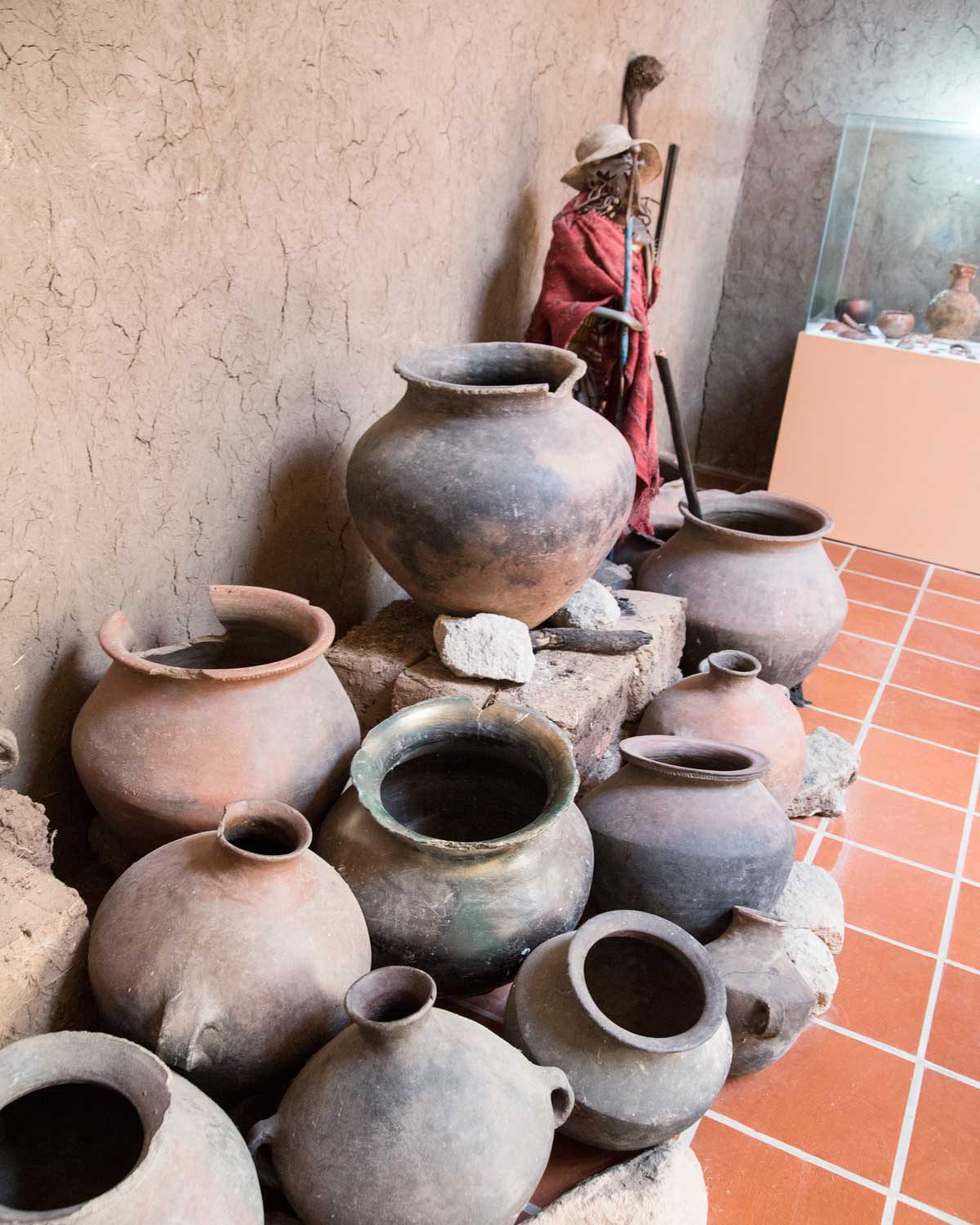
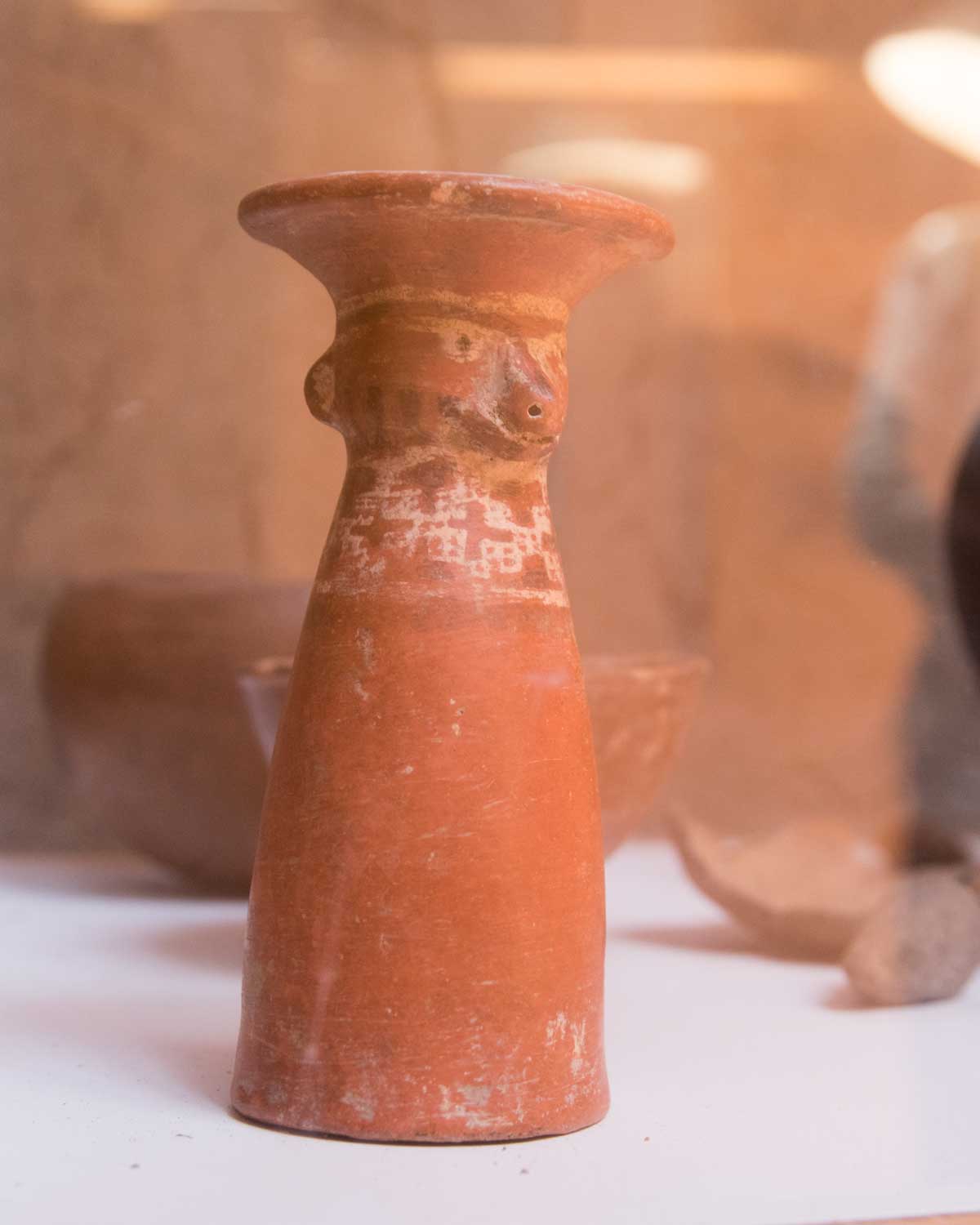
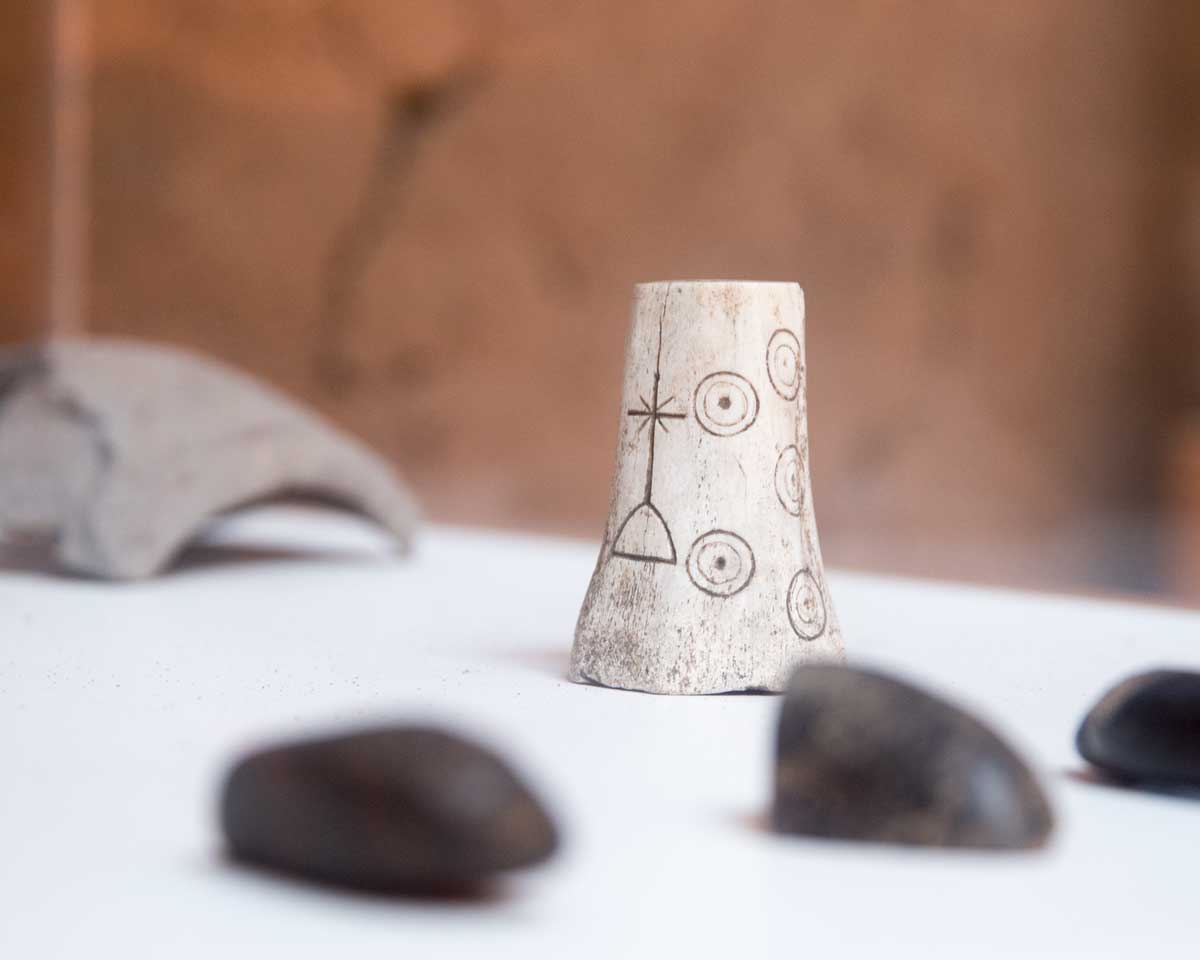
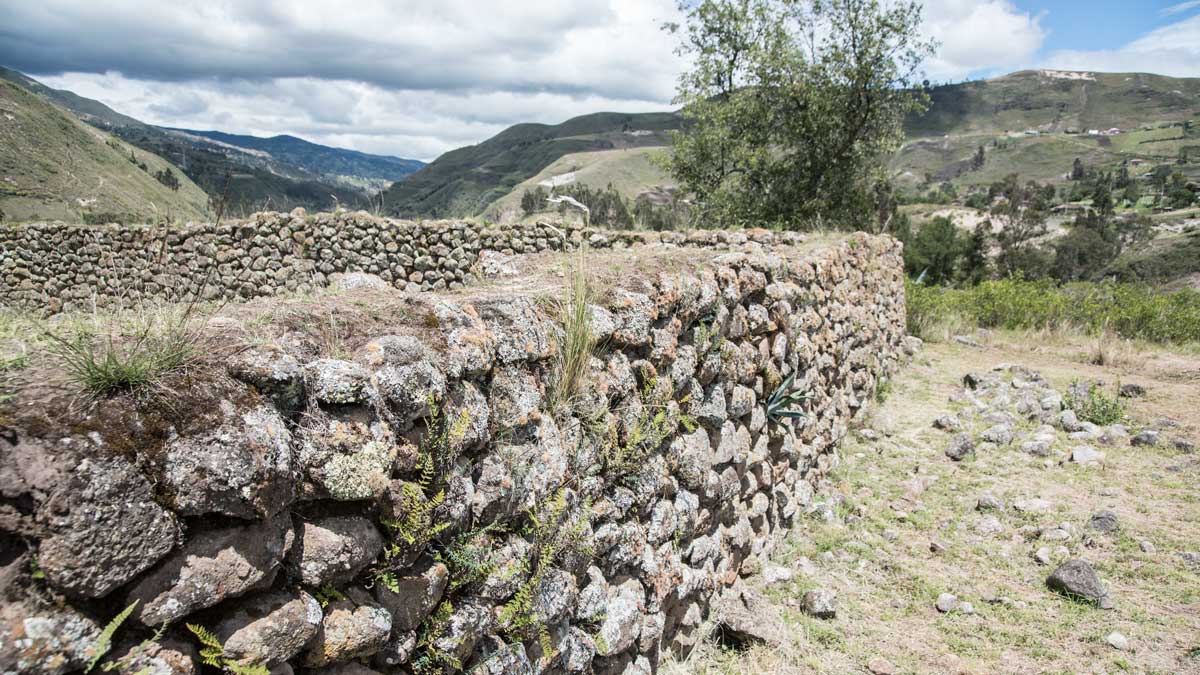
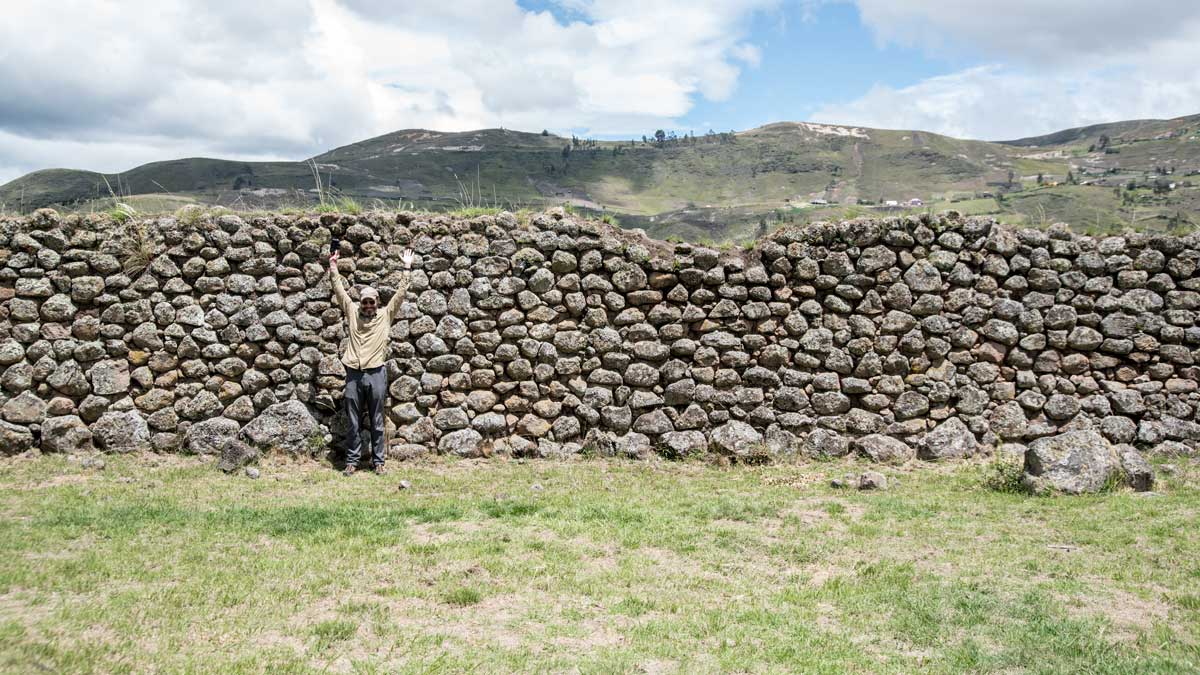
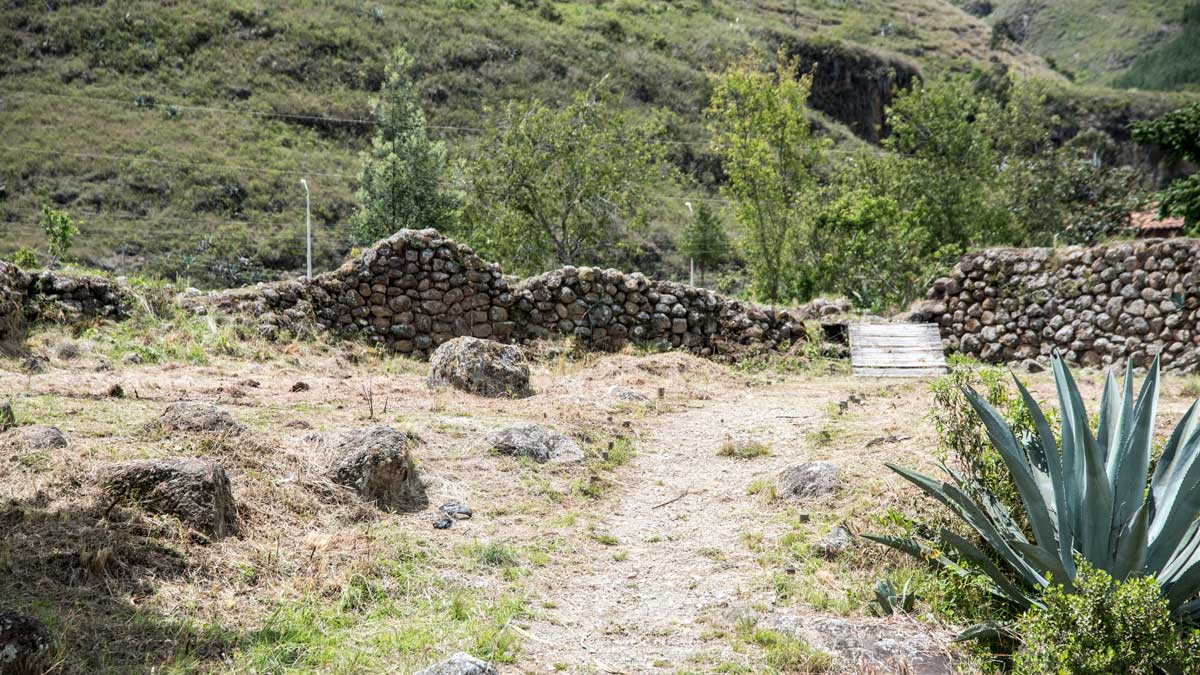
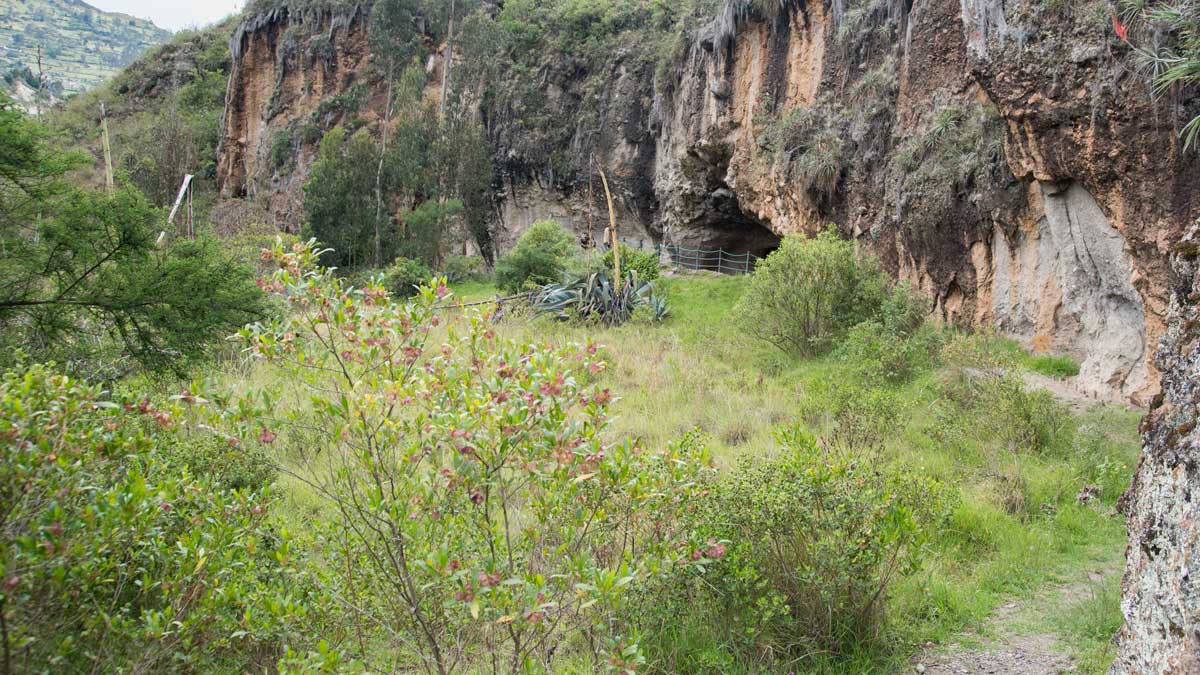
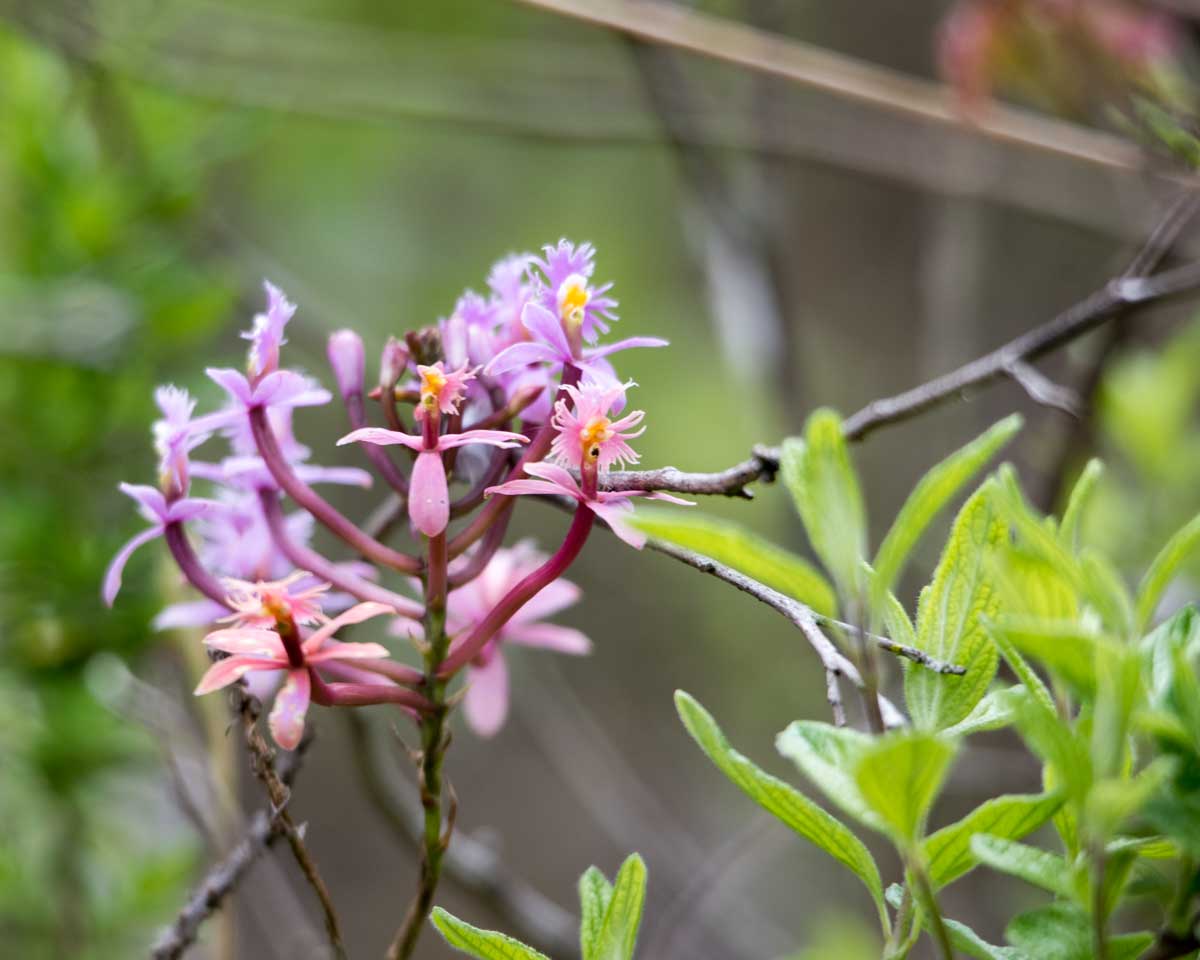
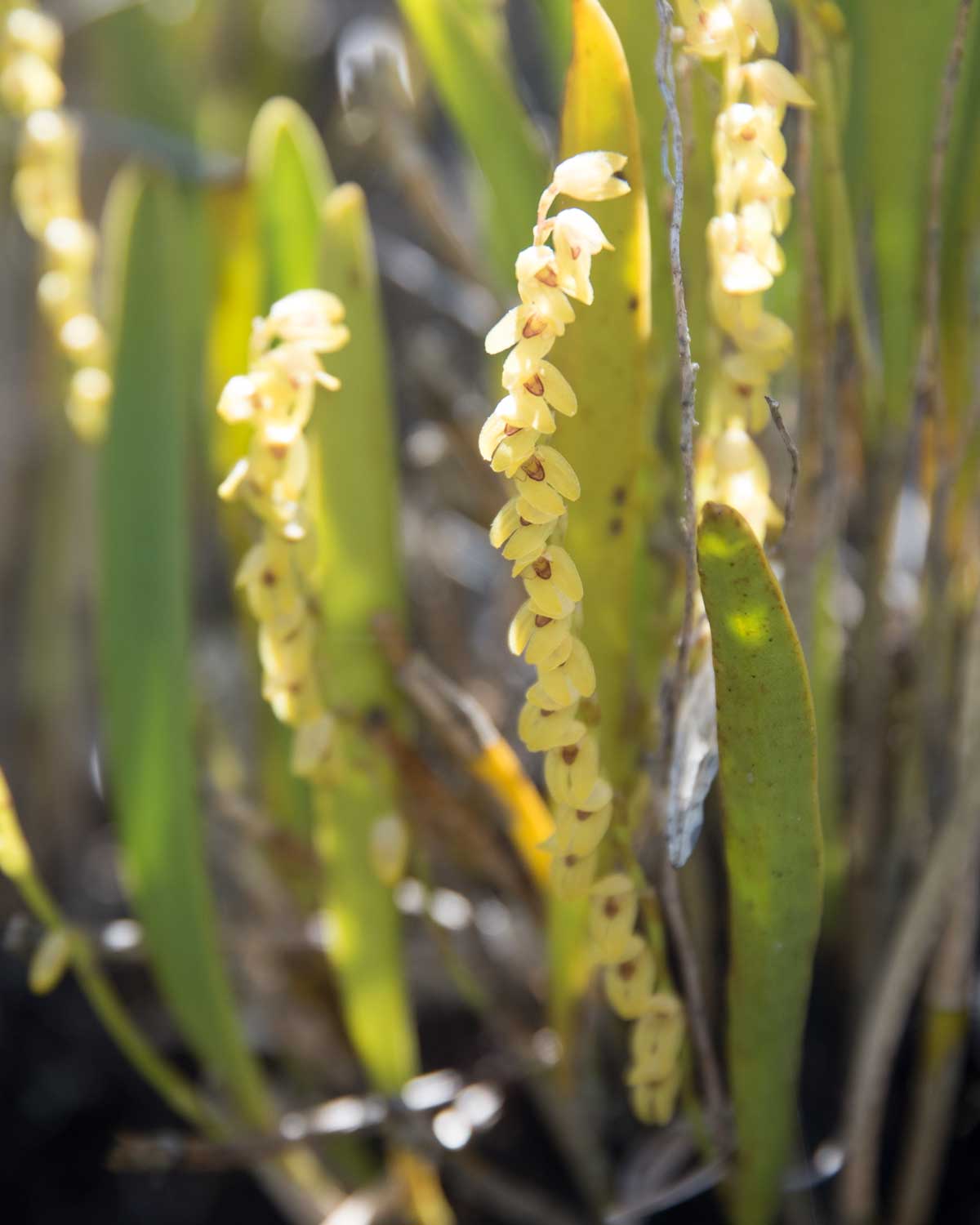
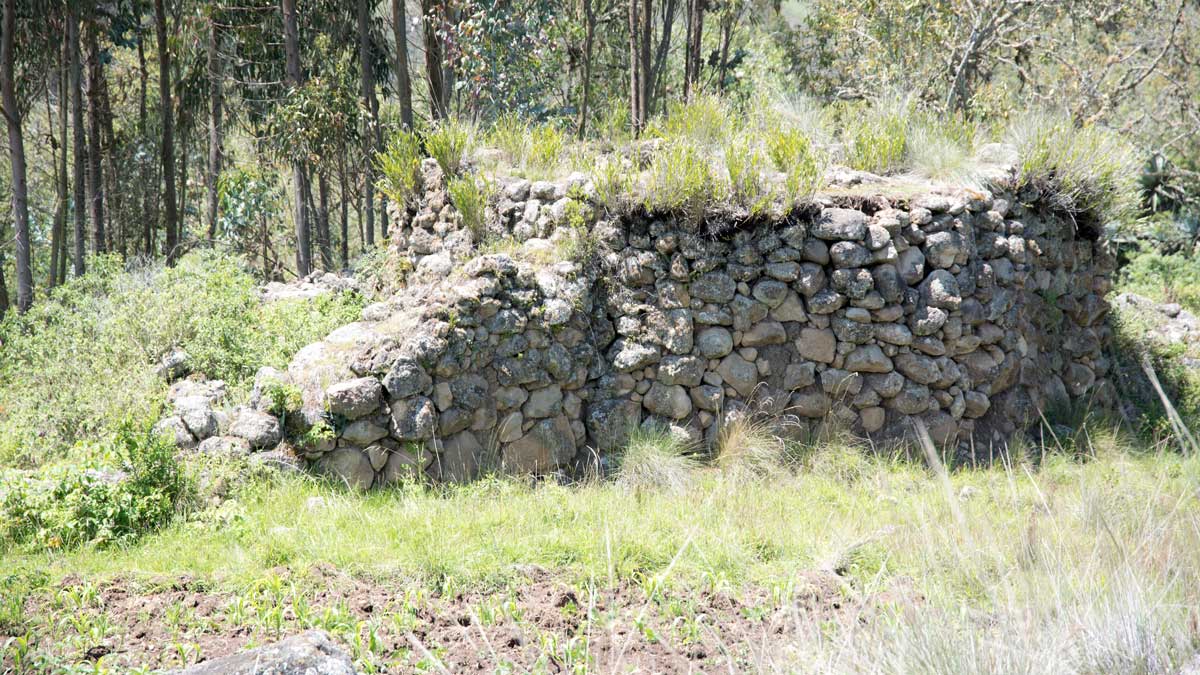
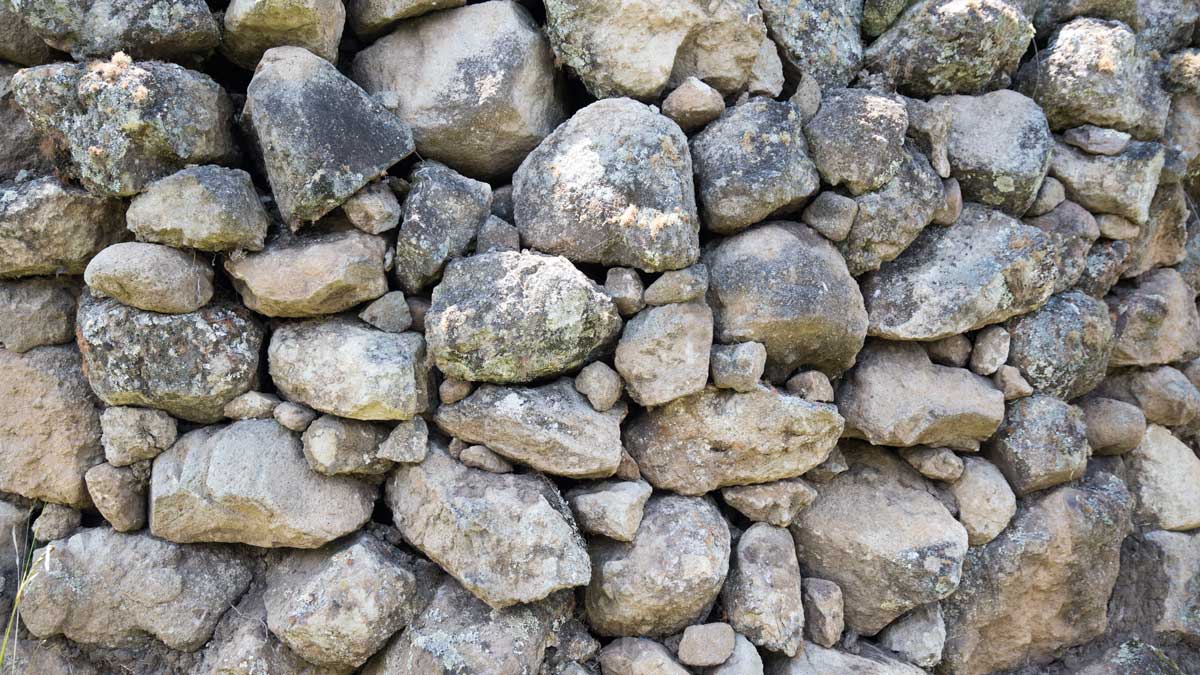
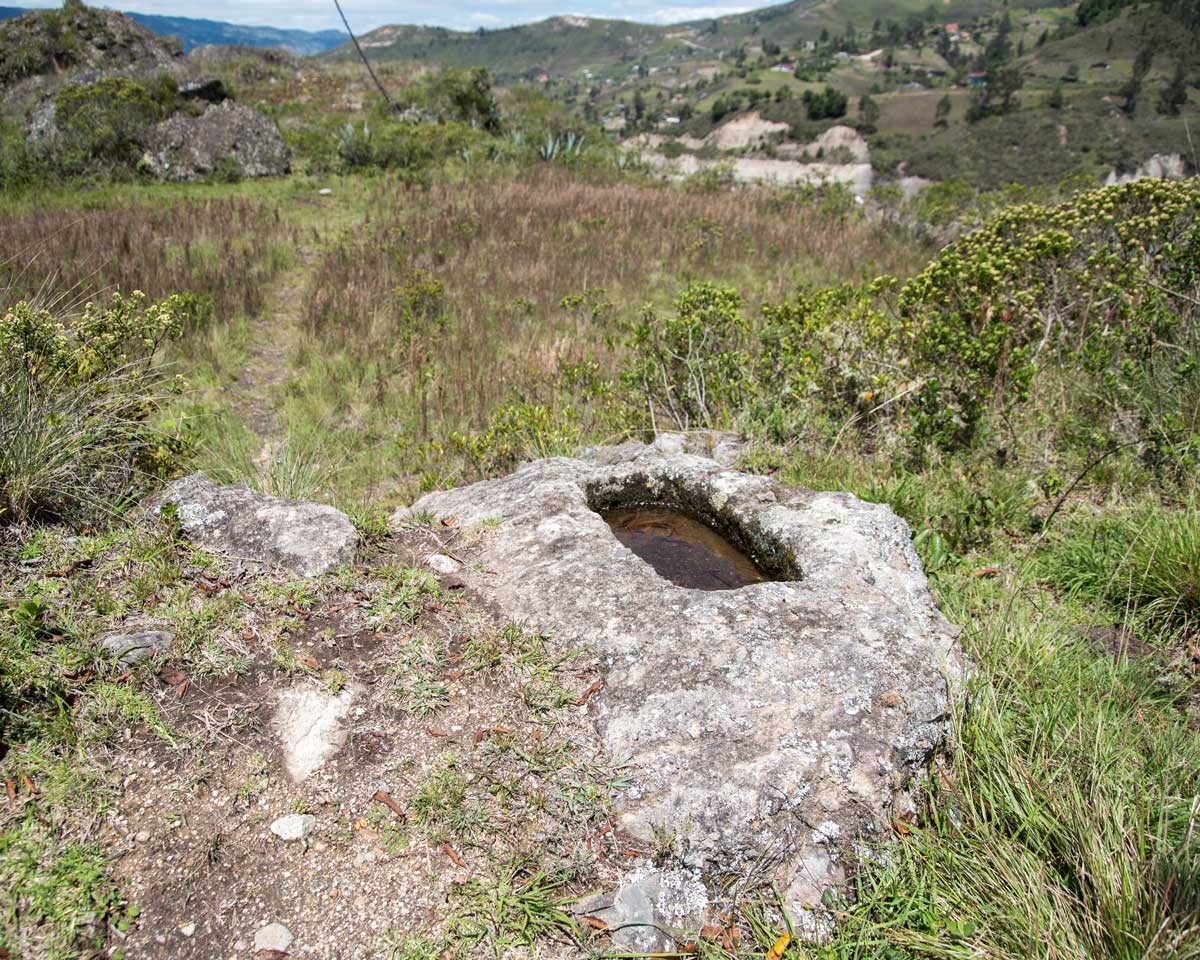
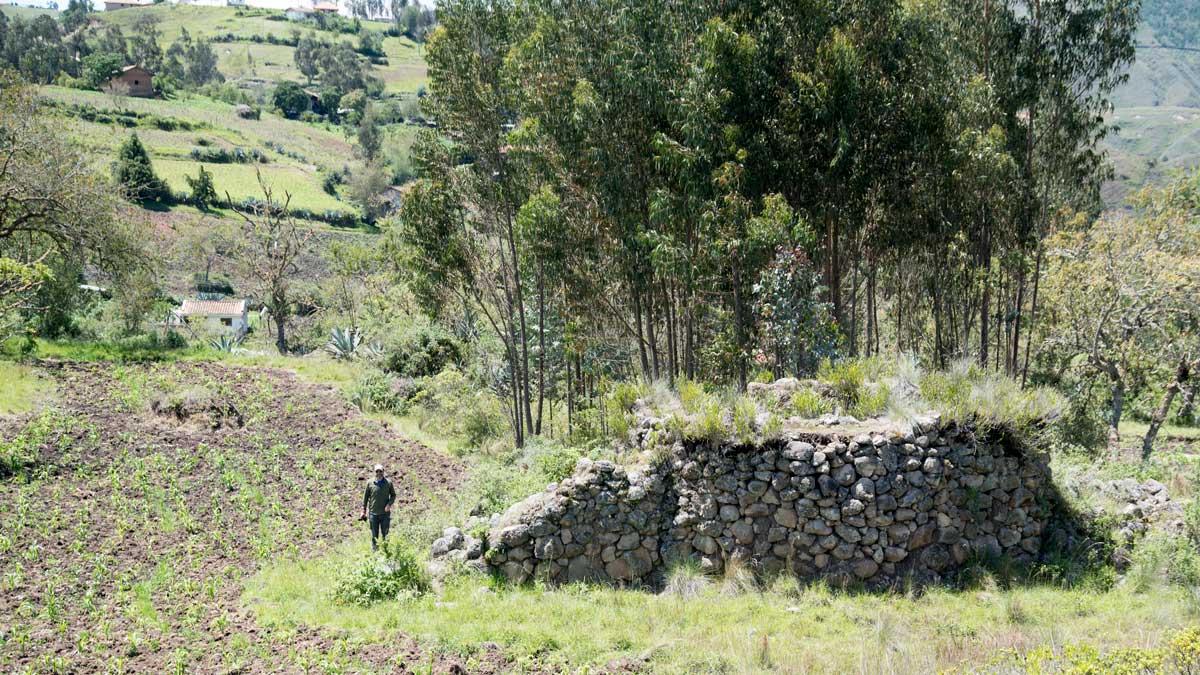
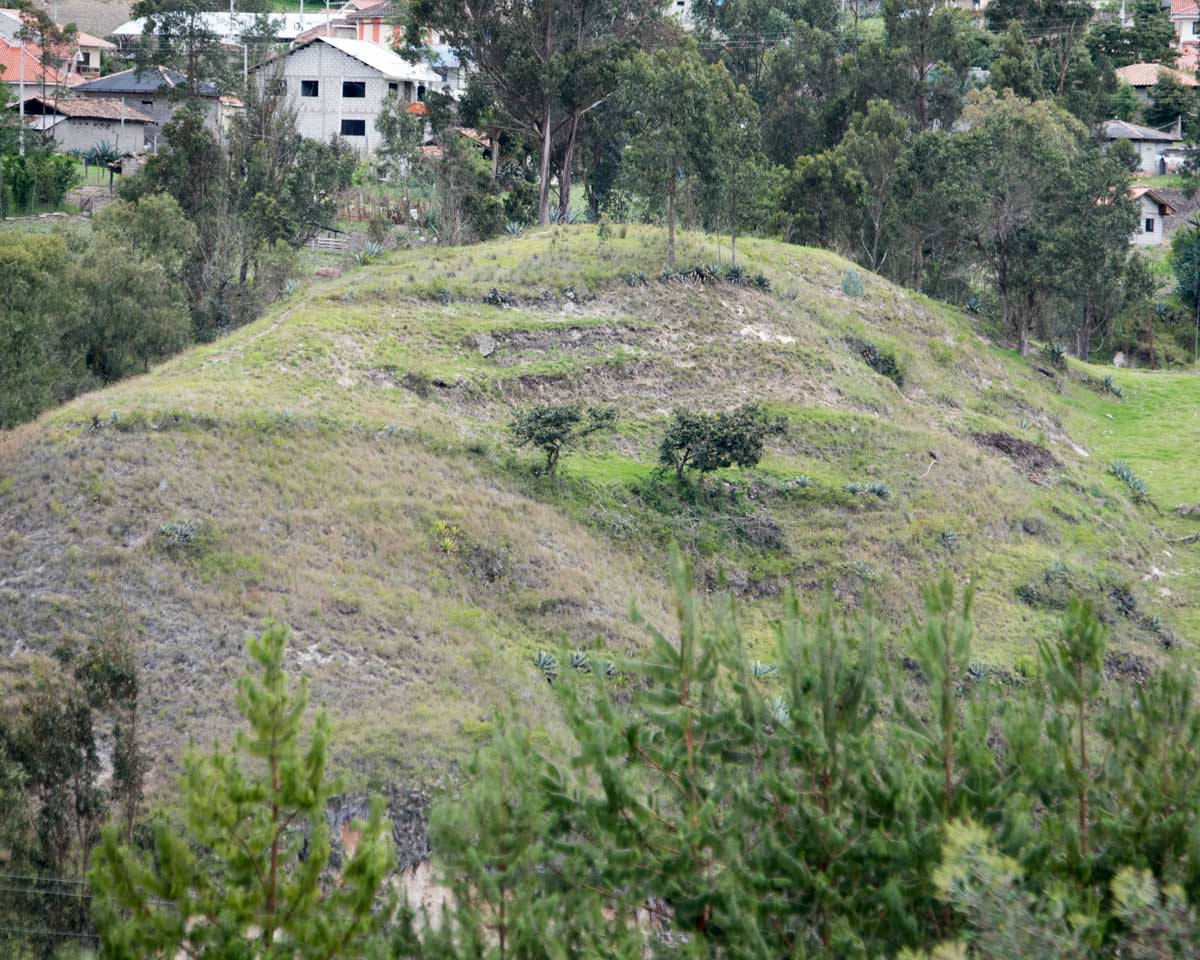
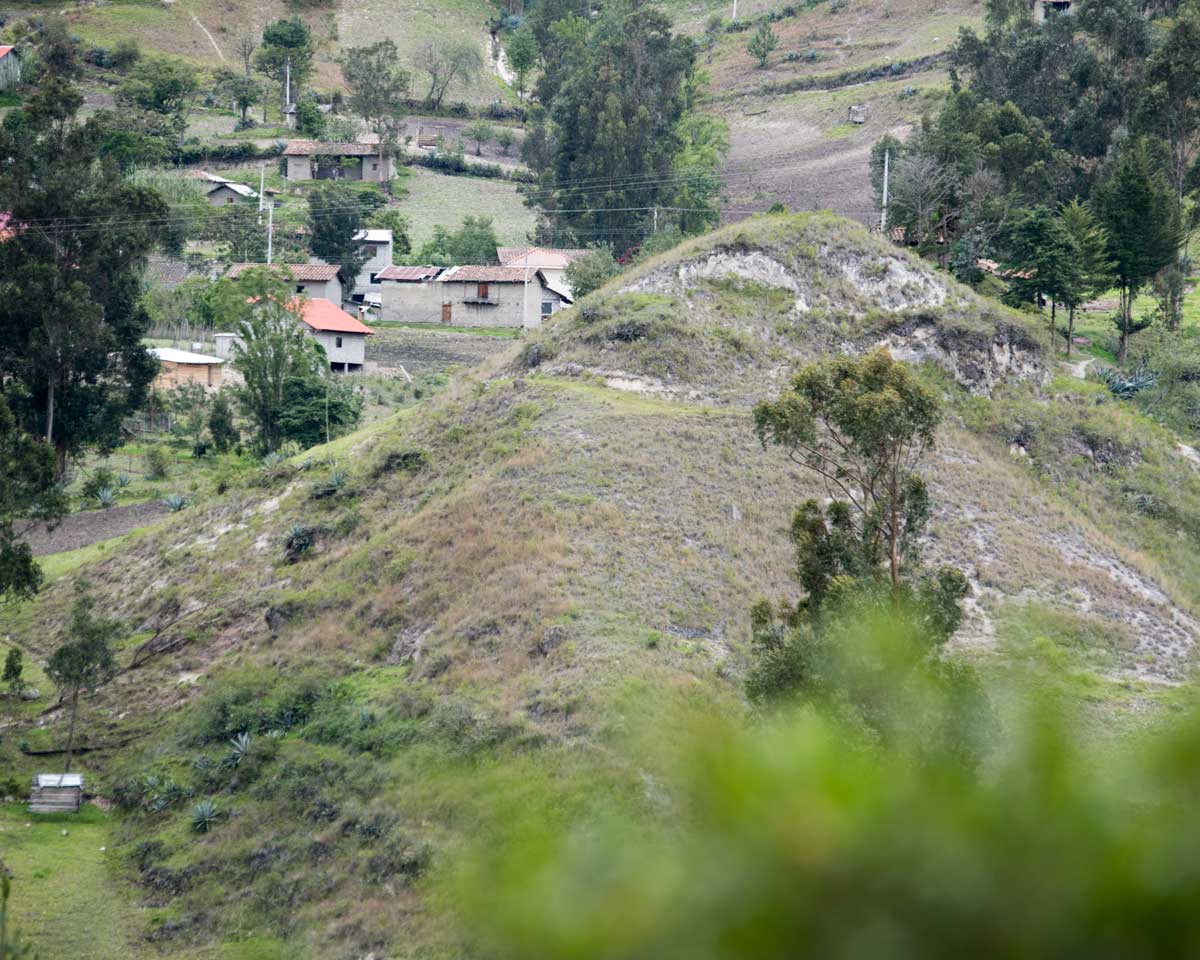
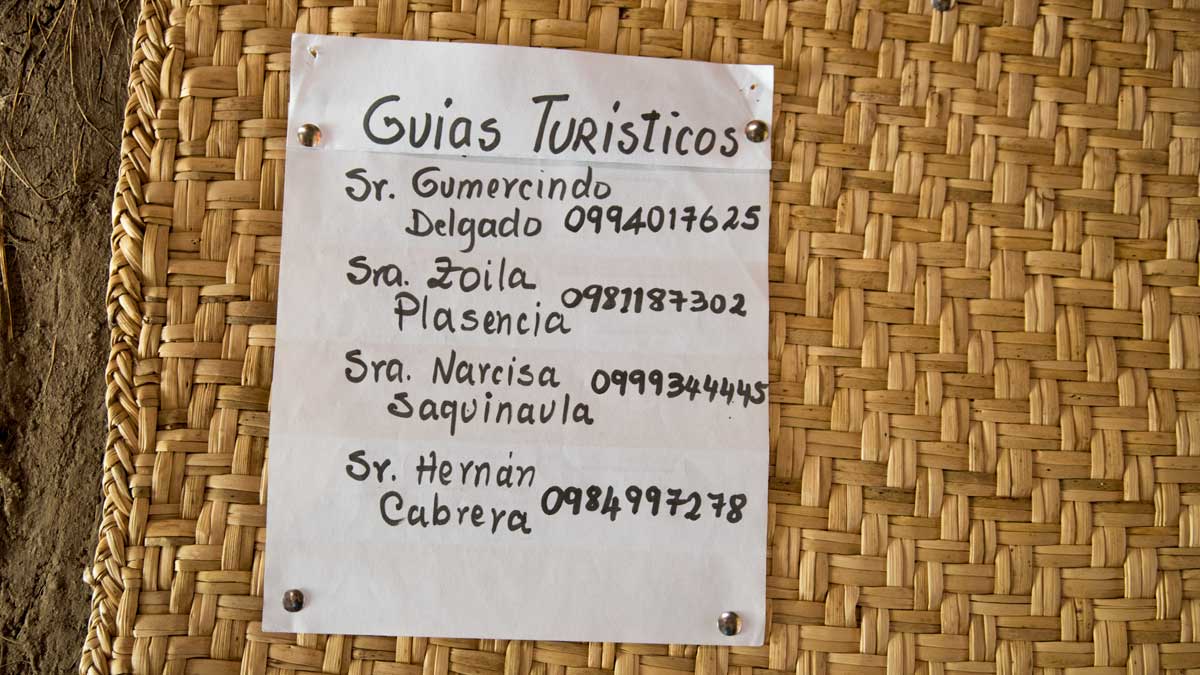
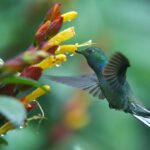
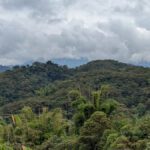





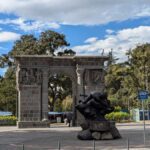



0 comentarios